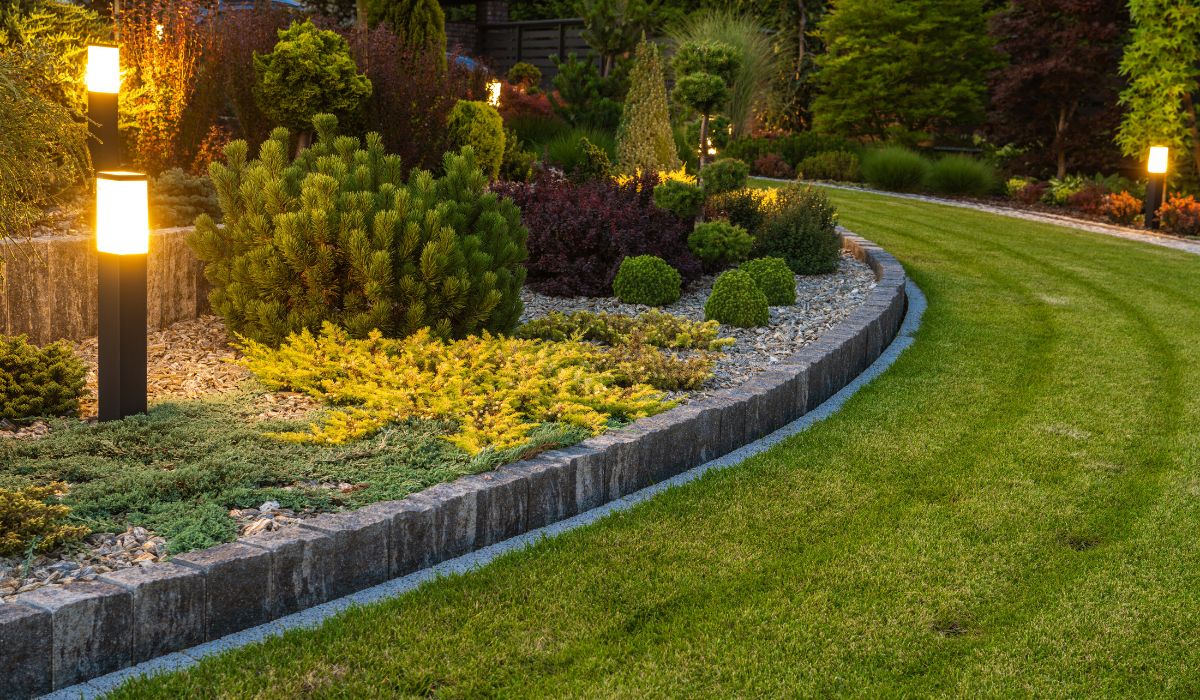Residential landscape lighting has the power to transform your home’s exterior from average to extraordinary. A well-designed lighting setup not only enhances the aesthetics of your outdoor space but also increases security and usability after dark. However, many homeowners unintentionally make costly or ineffective choices when planning their outdoor lighting. If you're investing time and money into illuminating your landscape, it’s crucial to avoid these common pitfalls.
Below are the top 10 residential landscape lighting mistakes to avoid and how you can ensure your yard shines in the best light possible.
1. Overlighting the Yard
One of the most frequent mistakes in residential landscape lighting is using too many lights or fixtures that are too bright. While it may seem that more light equals better visibility, overlighting can create harsh glare, wash out landscaping features, and even cause discomfort for guests.
Solution: Use subtle, low-voltage lighting with strategic placement. Aim for a soft glow that enhances, rather than overwhelms, your yard. Layer lighting by combining ambient, task, and accent lights.
2. Ignoring Light Pollution
Many homeowners forget to consider how their residential landscape lighting affects the surrounding environment. Lights that spill over into a neighbor’s yard or shine into bedroom windows are not only inconsiderate—they contribute to light pollution and energy waste.
Solution: Choose fixtures with directional shields or adjust the angle of the light. Use downlighting to focus beams where they are needed and prevent excess light from escaping upward or sideways.
3. Poor Placement of Fixtures
Placing lights in the wrong spots can lead to ineffective or unattractive results. For example, lights placed too far from plants or architectural features may not create the desired effect, while poorly positioned path lights can be tripping hazards.
Solution: Walk around your yard at night and visualize the features you want to highlight. Use test lights or temporary placements before finalizing fixture positions. A well-thought-out residential landscape lighting plan includes both function and beauty.
4. Using Only One Type of Light Fixture
Relying on just one type of light, such as flood lights or path lights, creates a flat, uninspiring look. Every element of your yard—from trees and walls to fountains and steps—requires different lighting treatments.
Solution: Combine a variety of fixtures including spotlights, well lights, path lights, and wall sconces. This layered approach adds depth and dimension to your residential landscape lighting design.
5. Neglecting Energy Efficiency
Using outdated or inefficient lighting technology increases energy bills and requires frequent maintenance. Traditional halogen bulbs, for example, consume a lot of power and burn out quickly.
Solution: Switch to LED residential landscape lighting, which is energy-efficient, long-lasting, and available in a wide range of color temperatures. Solar-powered lights are also an option for areas that receive ample sunlight during the day.
6. Forgetting to Highlight Key Features
Some homeowners scatter lights randomly throughout the yard, missing the opportunity to draw attention to the home’s best features. Without focal points, the lighting design lacks purpose and visual interest.
Solution: Choose specific elements to highlight, such as a beautiful tree, a sculpture, water feature, or the architecture of your home. Uplighting can create drama, while backlighting adds subtle mystery and dimension to your residential landscape lighting scheme.
7. No Consideration for Safety
Residential landscape lighting isn’t just about looks—it plays a major role in safety. Poorly lit walkways, driveways, and stairs can lead to trips and falls, especially in the dark.
Solution: Illuminate all major paths of travel with evenly spaced lighting. Focus on entry points, walkways, steps, and any level changes in the yard. Use lights that cast broad, even coverage rather than small dots of light.
8. Skipping Maintenance
Outdoor lighting systems are exposed to the elements and require regular maintenance. Dirty lenses, misaligned fixtures, or overgrown plants can diminish the impact of your residential landscape lighting over time.
Solution: Schedule seasonal inspections. Clean fixtures, trim nearby vegetation, and check connections for corrosion or water damage. Re-aim lights as necessary to maintain their original effect.
9. Lack of a Lighting Plan
Jumping into a residential landscape lighting project without a clear design plan can lead to wasted time, inconsistent results, and overspending. Without a cohesive vision, you may end up with fixtures that don’t complement each other or your overall landscape.
Solution: Start with a professional lighting design or sketch out a simple plan yourself. Consider how different lighting zones interact, what purpose each light serves, and how it all fits your home’s style and layout.
10. Not Using Timers or Smart Controls
Manually turning outdoor lights on and off every day is inconvenient and often leads to forgetting. Leaving lights on all night wastes energy, and not turning them on can reduce safety and security.
Solution: Invest in timers, motion sensors, or smart lighting systems that automate your residential landscape lighting. You can program them to turn on at dusk and off at dawn, or control them remotely via smartphone apps. Automation also allows for better integration with your lifestyle and security needs.
Final Thoughts
Well-executed residential landscape lighting can significantly boost your home's curb appeal, increase property value, and provide functionality well into the evening hours. But without careful planning and attention to detail, you risk wasting both money and potential.
By avoiding these top 10 mistakes and approaching your outdoor lighting project with a thoughtful, balanced strategy, you’ll be well on your way to creating a beautifully lit landscape that’s both inviting and efficient.





Comments